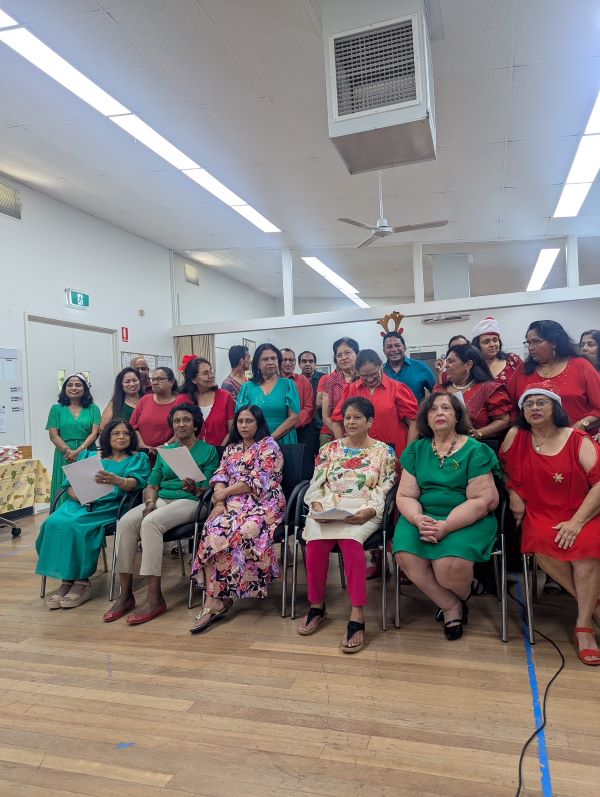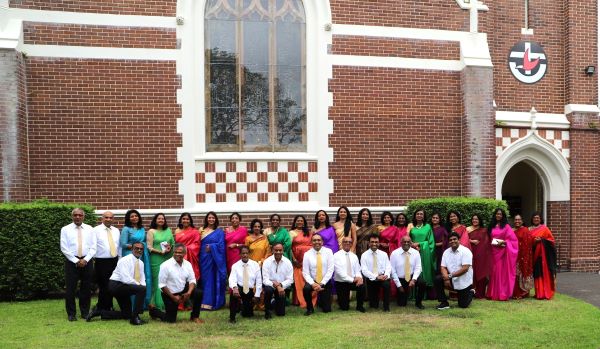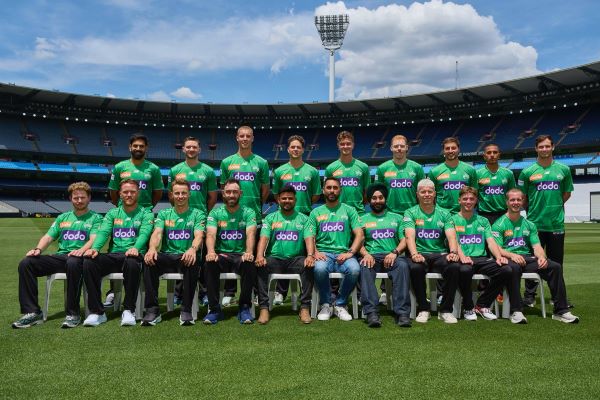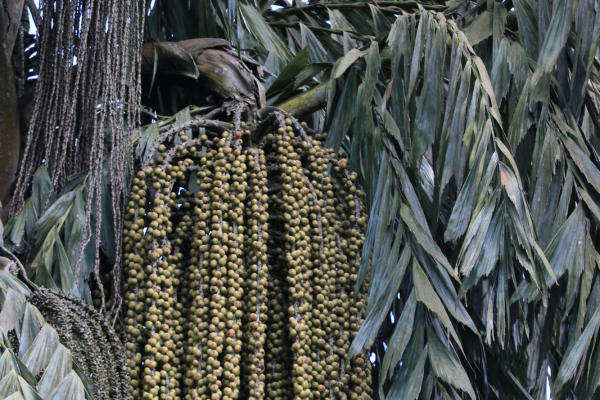Give me Rice & Curry
World’s first curry was made 5,000 years ago: Indians have been eating their national dish since the Bronze Age
- Ancient Indians used advanced farming techniques to bring in rice, bean, lentils tuck into curries, dhal and rice dishes
- Archaeologists have discovered that rice was cultivated in India at the same time farming techniques were developed in China
- New information confirms the Indus people were world’s earliest farmers
By DAILY MAIL REPORTER
PUBLISHED: 02:03 GMT, 21 November 2016 | UPDATED: 08:19 GMT, 21 November 2016
Indians have been tucking into curries, dhals and rice dishes since the Bronze Age, according to new research, and probably even had takeaways.
Ancient Indians used advanced farming techniques to bring in rice, bean, lentils tuck into curries, dhal and rice dishes – around 5000 years ago.
Archaeologists have discovered that rice was cultivated in India at the same time farming techniques were developed in China, around 2800BC, and 400 years earlier than previously thought.
Indians have been tucking into curries, dhals and rice dishes since the Bronze Age, according to new research, and probably even had takeaways (file photo)
Research discovered that the ancient Indus Civilisation, which streched across what is now Pakistan and northwest India during the Bronze Age, had massive cities of up to 40,000 people because their advanced farming techniques meant they could grow surplus food and spices that would be traded at central hubs.
The new information confirms that the Indus people were the world’s earliest farmers, after they were previously thought to have learned rice farming techniques from the Chinese.
The research also confirms that Indus populations were the earliest people to use complex multi-cropping strategies across both seasons, growing foods during summer, like rice, millets and beans, before swapping to winter crops in the colder seasons – like wheat and barley.
Researchers from the University of Cambridge reckon a network of regional farmers supplied assorted produce to the markets of the civilisation’s ancient cities.
Study co-author Dr Jennifer Bates said: ‘We found evidence for an entirely separate domestication process in ancient South Asia, likely based around the wild species Oryza nivara.
Archaeologists have discovered that rice was cultivated in India at the same time farming techniques were developed in China, around 2800BC, and 400 years earlier than previously thought (file photo)
‘This led to the local development of a mix of ‘wetland’ and ‘dryland’ agriculture of local Oryza sativa indica rice agriculture before the truly ‘wetland’ Chinese rice, Oryza sativa japonica, arrived around 2000 BC.
‘While wetland rice is more productive, and took over to a large extent when introduced from China, our findings appear to show there was already a long-held and sustainable culture of rice production in India as a widespread summer addition to the winter cropping during the Indus civilisation.’
Evidence for very early rice was discovered at a site in the central Ganges basin, but it has long been thought that domesticated rice agriculture did not reach South Asia until towards the end of the Indus era, when the wetland rice arrived from China around 2000 BC.
But researchers found evidence of domesticated rice in South Asia as much as 430 years earlier, making them the earliest farmers.
The new research is published today in the journals Antiquity and Journal of Archaeological Science by researchers from the University of Cambridge’s Division of Archaeology, in collaboration with colleagues at Banaras Hindu University and the University of Oxford.
Co-author Dr Cameron Petrie says that the location of the Indus in a part of the world that received both summer and winter rains may have encouraged the development of seasonal crop rotation, way before other major civilisations of the time, such as Ancient Egypt and China’s Shang Dynasty.
Dr Petrie added: ‘Most contemporary civilisations initially utilised either winter crops, such as the Mesopotamian reliance on wheat and barley, or the summer crops of rice and millet in China – producing surplus with the aim of stockpiling.
‘However, the area inhabited by the Indus is at a meteorological crossroads, and we found evidence of year-long farming that predates its appearance in the other ancient river valley civilisations.’
The archaeologists sifted for traces of ancient grains in the remains of several Indus villages within a few kilometers of the site called Rakhigari.
They reckon their advanced farming techniques meant the Indus civilisation could support cities with massive populations of up to 40,000 people.
As well as the winter staples of wheat and barley and winter pulses like peas and vetches, they found evidence of summer crops: including domesticated rice, but also millet and tropical beans.
They used radiocarbon dating to provide the first absolute dates for Indus multi-cropping, discovering they began growing them around 2890-2630 BC for millets and winter pulses, and 2430-2140 BC for rice.
Millets are a group of small grain, now most commonly used in birdseed, which Petrie describes as ‘often being used as something to eat when there isn’t much else’.
Urad beans, however, are a relative of the mung bean, often used in popular types of Indian dhal today.
The variety of crops may have been transported to the cities, which would suggest that there was some sort of bartering system in place for people to trade services for food – like modern-day takeaways.
Urban hubs may have served as melting pots for produce from regional growers, as well as meats and spices, and evidence for spices have been found elsewhere in the Rakhigarhi region.
Dr Bates said: ‘It is certainly possible that a sustainable food economy across the Indus zone was achieved through growing a diverse range of crops, with choice being influenced by local conditions.
‘It is also possible that there was trade and exchange in staple crops between populations living in different regions, though this is an idea that remains to be tested.’
Dr Petrie added: ‘Such a diverse system was probably well suited to mitigating risk from shifts in climate.
‘It may be that some of today’s farming monocultures could learn from the local crop diversity of the Indus people 4,000 years ago.’





















